Understanding how things are connected—cause and effect—is really important when you're reading tricky texts. It helps you figure out the meaning, make good guesses, and pick out the most important details. These are exactly the skills they check in the reading part of tests.
Knowing how one thing leads to another makes it easier for you to get through the tough parts of a passage and answer questions the right way.
So, having a good handle on cause and effect is like having a secret tool that makes reading and tests way easier!
Why Cause and Effect Can Be Tricky?
Figuring out why things happen can be a bit tricky, especially for kids. In our everyday life, we usually see what happens (the effects) more than why it happens (the causes). Let's take a butterfly flying by as an example. When we see it, we might just think, "Wow, that's beautiful!" But, if we think a bit more, we'd realize the butterfly is flapping its wings to fly.
To make this easier for kids, we need to help them see the connection between what happens and why it happens. It's like connecting the dots to understand the whole picture in a story. So, when they read, they can really get what's going on and enjoy the story even more.
Explaining Cause and Effect to Your Young Reader
Start with the basics: cause is what makes something happen, and effect is what happens. Use real-life scenarios to bridge the gap between cause and effect in everyday language. For example, if a character in a story is sad (effect), ask your child, "What made the character feel sad?" This simple approach lays the groundwork for understanding cause and effect in a test context.
Activities for Home Engagement
Below are practical tips that you can suggest to your child or use if you are a student preparing for a reading comprehension test or simply want to get better.
Visualizing with Graphic Organizers
Use graphic organizers to visually represent cause and effect relationships. Draw arrows connecting the cause to the effect. Even a simple arrow can make the connection clear and help children visualize the relationships within a text.
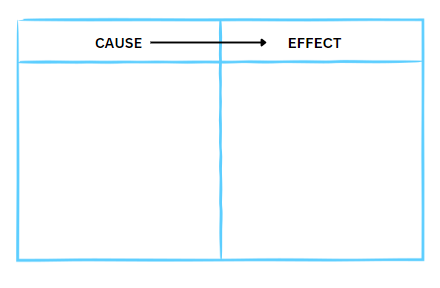
Colorful Text Evidence
While reading, encourage your child to use different colors to highlight causes and effects in the text. This not only reinforces the concept but also makes it a fun and interactive reading experience.
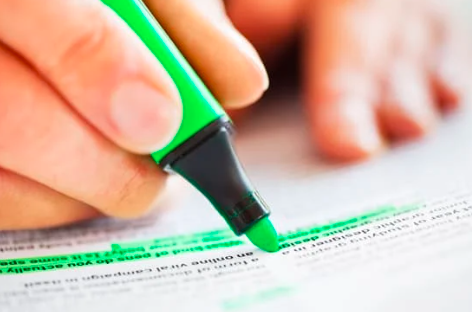
Story Retelling with Sentence Strips
After reading a story, jot down different events (causes and effects) on sentence strips. Create two columns labeled "cause" and "effect" on a board or a large sheet of paper. Sort the sentence strips , retelling the story and visually reinforcing the cause-and-effect relationship.
Chain Reaction Stories
Explore texts where one event causes another, creating a chain reaction. Spread out events and arrows around the room, creating a dynamic and interactive learning space.
Exploring Nonfiction and Biographies
Nature's Cause and Effect
Nonfiction texts, especially those about nature, offer great examples of cause and effect. Explore topics like life cycles (seeds to flowers, caterpillars to butterflies) to introduce real-world cause-and-effect relationships.
Biographies for Insight
Dive into biographies and ask questions like, "Why was this person special?" to identify the effect. Then, explore the causes by asking, "What important things happened in the person's life?"
Final Words
Reading is like putting together a puzzle, and cause and effect are the hints that help us do it. Cause is why something happens, and effect is what happens because of it. It's like connecting the dots to understand the whole story.
It makes reading and tests much easier. Keep exploring, try out the fun activities, and let cause and effect make your reading great!
Happy reading!
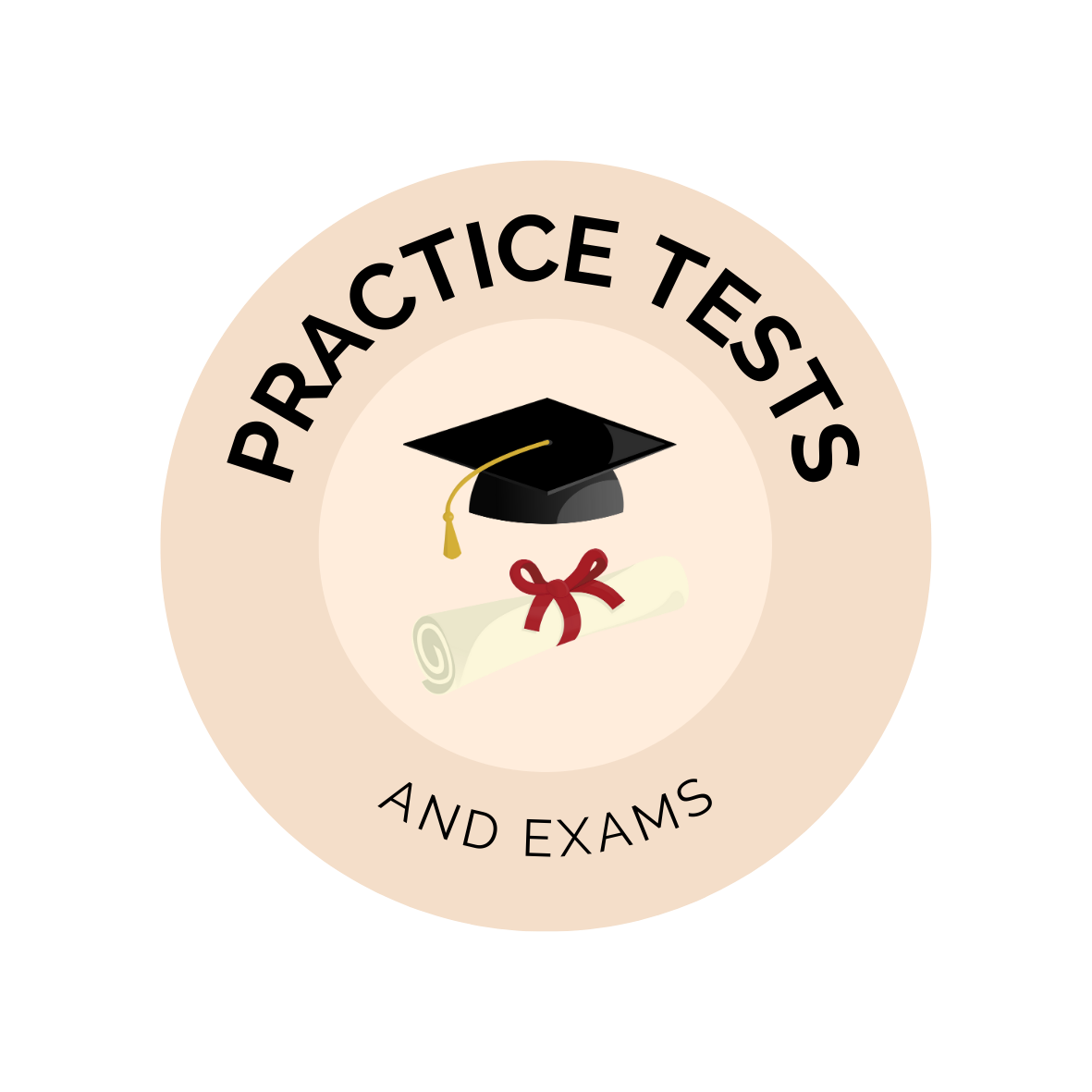
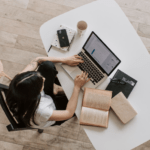
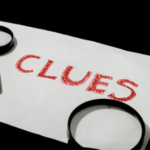
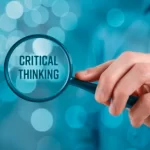
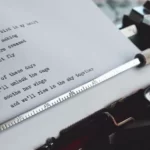
0 comments